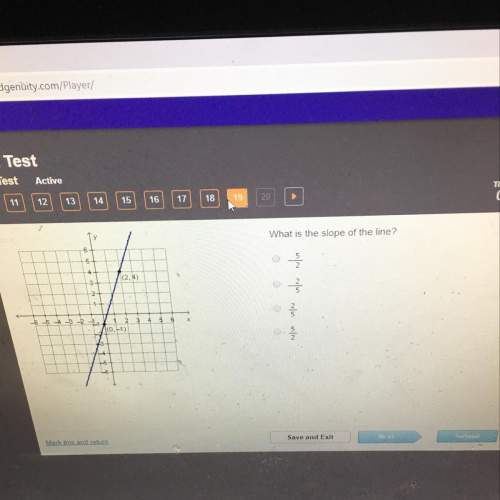Hello,
i'm a geology student and currently working on an independent research project wh...

Mathematics, 25.11.2019 14:31 Arealbot
Hello,
i'm a geology student and currently working on an independent research project wherein i need to use some trig and spherical geometry; maybe a tad bit of calculus too.
to try and better understand what im trying to do i'll need to explain a tad bit of geology background:
the question i'm trying to ultimately work out is this: how much has a tectonic plate subducted at a specific location (a point) in the past 130 million years?
subduction is where one tectonic plate collides with another and results in one of the plates being pushed down underneath the overlying colliding plate. i'll try to hopefully make this more relatable/understandable with an analogy: this process would be like being in a pool with your friend and you and he push two boogie boards (the tectonic plates) together. one of these boogie boards will end up dipping below the other and going underwater, aka being subducted. if you pushed your boogie board at a constant velocity while your friend held his still, you could predict how much of your boogie board is underwater at a given time (relative to the position of his fixed board) with some basic math.
the math can be spiced up a bit by changing the angle you are pushing against your friend's boogie board. instead of pushing directly against your friend's board, you push at an angle to his fixed board. your board is still being pushed underwater, but now with a decreased velocity as you now have to resolve the magnitude of the velocity into separate components. still not too bad.
now, here's where i get confused. in my analogy above, this could be calculated using cartesian coordinates, however, the earth is a sphere and i dont believe the math i'd use to model "how much my boogie board has subducted in the past 130 million years" would be quite the same. could someone me out with the trig (& possibly multi-variable calculus) needed to calculate this?
i have this data to work with:
velocity magnitude (y-axis) vs time (x-axis) (all these are relative to referenced point (lat, long) on the boundary of the subducting plate)
velocity azimuth vs time
angular velocity vs time
lattitude vs time
longitude vs time
velocity colattitude vs time
velocity longitude vs time
you very very much for your time and !

Answers: 2
Another question on Mathematics

Mathematics, 21.06.2019 16:00
Trish receives $450 on the first of each month. josh receives $450 on the last day of each month. both trish and josh will receive payments for next four years. at a discount rate of 9.5 percent, what is the difference in the present value of these two sets of payments?
Answers: 1

Mathematics, 21.06.2019 19:30
Richard save $32 in march he saved $48 in april and $38 in may then richard spent $113 on a keyboard how much money does richard have left
Answers: 1

Mathematics, 21.06.2019 23:00
40 points. given: two congruent angles ∠c and ∠r are supplementary. prove: ∠r and ∠c are both right angles. it doesn't have to be exactly 10 rows.statements reasons1. 1. 2. 2. 3. 3. 4. 4. 5. 5. 6. 6. 7. 7. 8. 8. 9. 9. 10. 10.
Answers: 2

Mathematics, 22.06.2019 01:00
70 points ! pls 2. given the following two sets of data what is the union of the two sets and what is the intersection of the two sets. set a = {1, 2, 3, 4, 5, 6, 7, 8, 9} set b = {2, 4, 6, 8, 10, 12, 14} 3. given a regular deck of cards. describe a way of pulling cards that would create a dependent event and then one that would create an independent event. 4. what is the probability of drawing a red card and then drawing a spade without replacing the card that was drawn first?
Answers: 1
You know the right answer?
Questions

Mathematics, 12.11.2019 18:31

Biology, 12.11.2019 18:31

Business, 12.11.2019 18:31






History, 12.11.2019 18:31

Geography, 12.11.2019 18:31




Spanish, 12.11.2019 18:31

Social Studies, 12.11.2019 18:31



History, 12.11.2019 18:31

Physics, 12.11.2019 18:31

Mathematics, 12.11.2019 18:31




